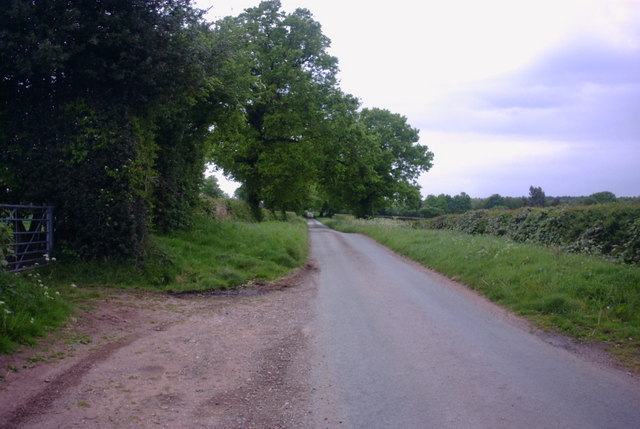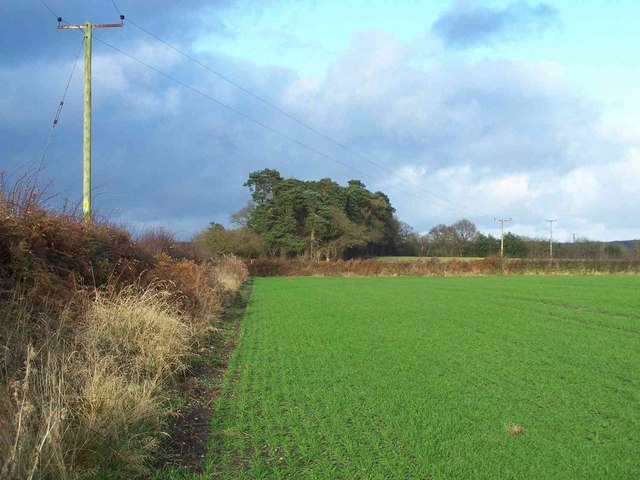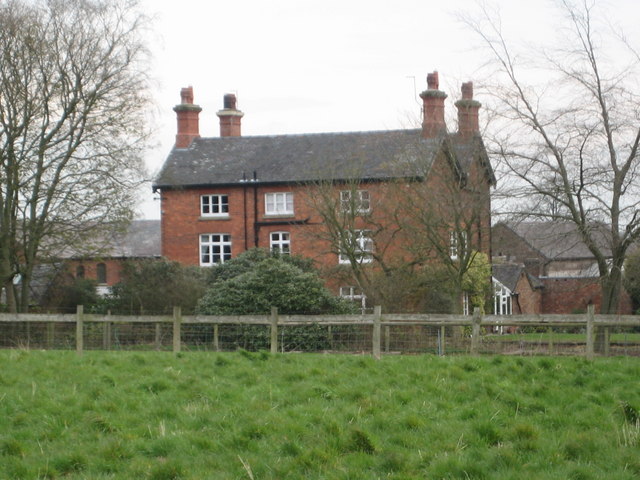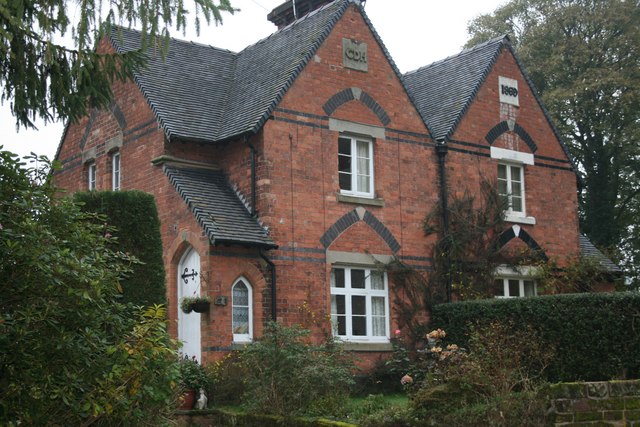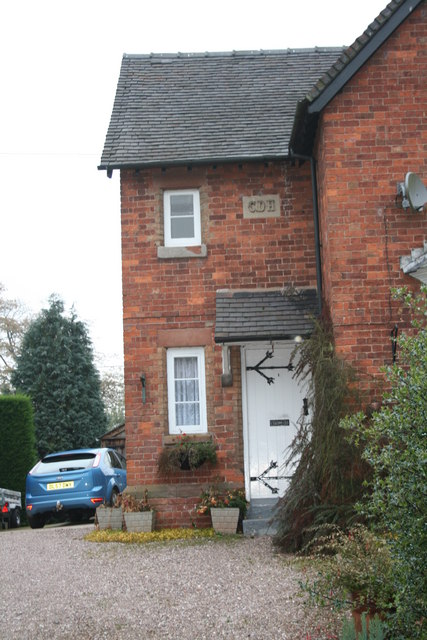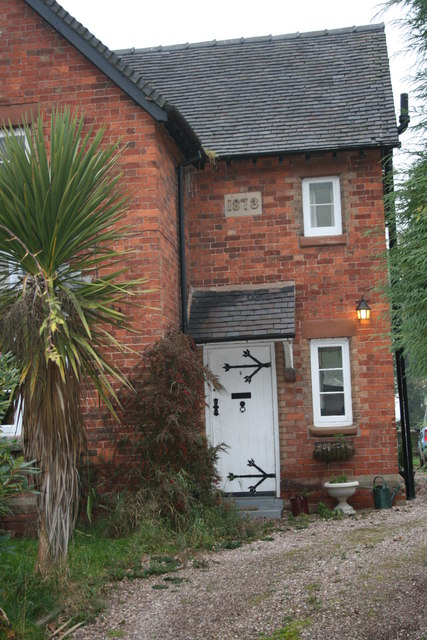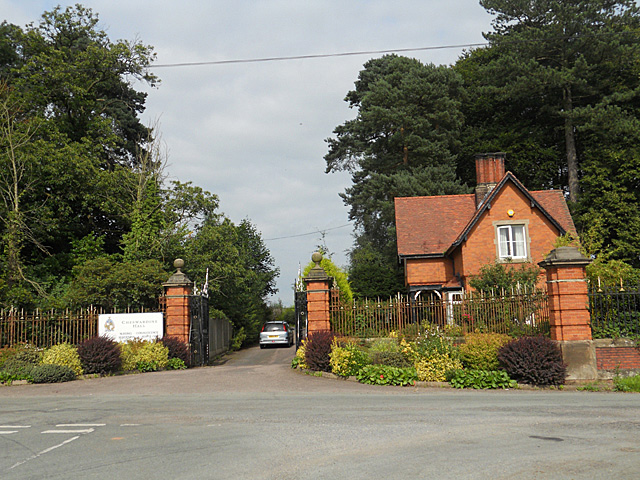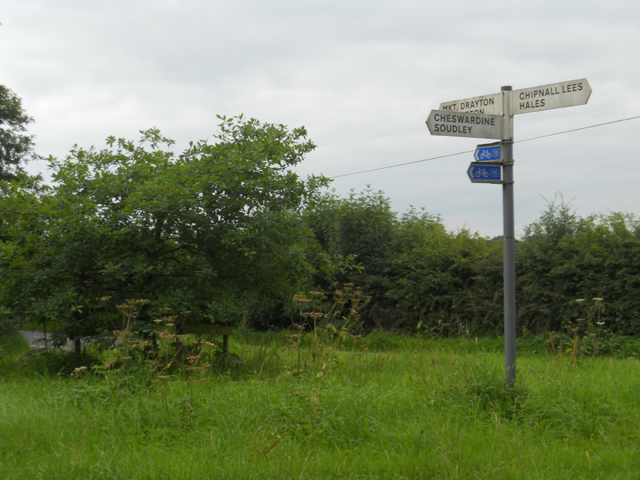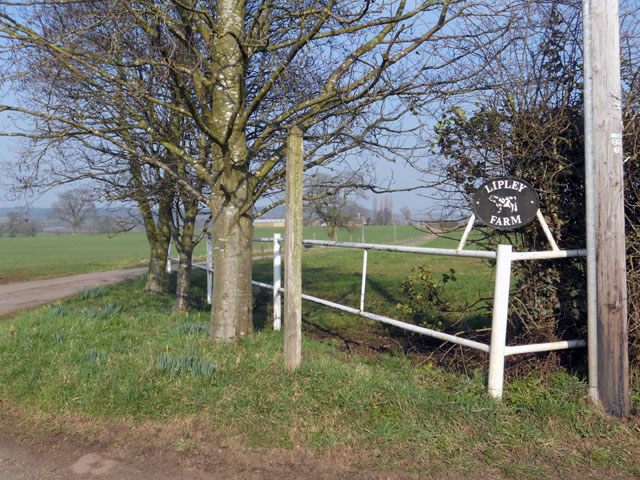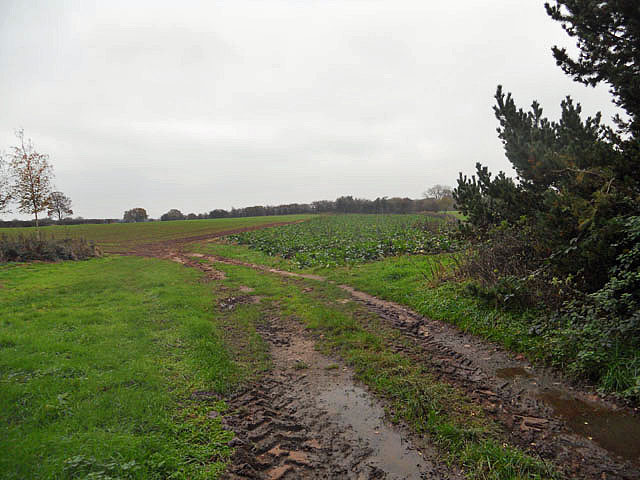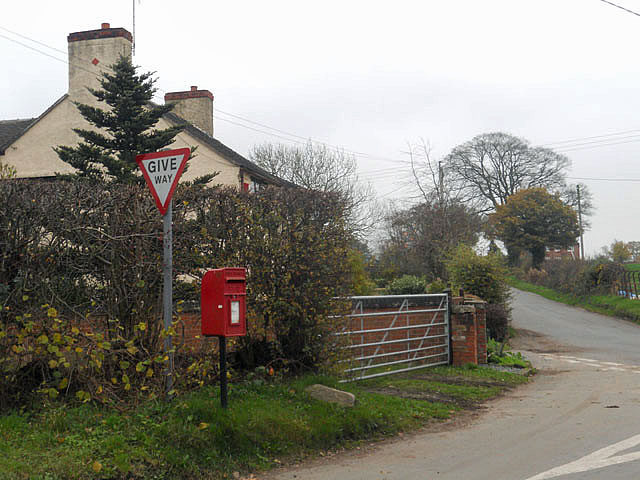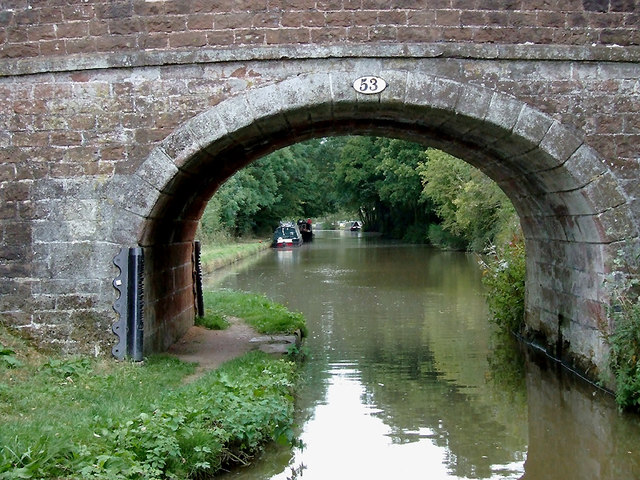Cheswardine Marsh
Lake, Pool, Pond, Freshwater Marsh in Shropshire
England
Cheswardine Marsh
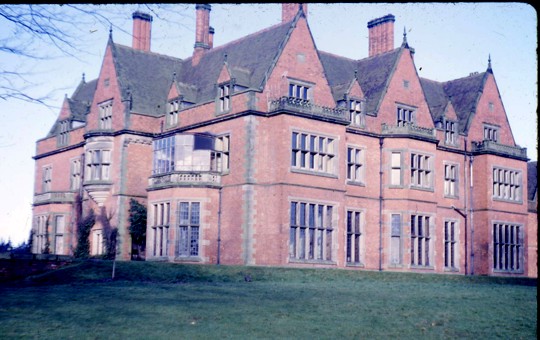
Cheswardine Marsh is a picturesque freshwater marsh located in the county of Shropshire, England. Spread over an area of approximately 100 acres, it is a haven for a diverse range of flora and fauna. The marsh is situated near the village of Cheswardine, and is a popular destination for nature enthusiasts and birdwatchers.
The main feature of Cheswardine Marsh is a large lake, surrounded by smaller pools and ponds. These bodies of water provide a rich habitat for numerous aquatic plants and animals. The marsh is home to a variety of bird species, including herons, ducks, and swans, which can be observed in their natural habitat. The area is also frequented by migratory birds during the winter months, adding to its biodiversity.
The marsh is characterized by its lush vegetation, with reeds, rushes, and water lilies covering its banks. This dense vegetation provides shelter and nesting sites for many bird species and small mammals. It also acts as a natural filtration system, helping to maintain the water quality and clarity of the marsh.
Cheswardine Marsh is a designated Site of Special Scientific Interest (SSSI) due to its importance for wildlife conservation. The marsh is carefully managed to preserve its natural beauty and protect its delicate ecosystem. Visitors can enjoy the tranquil surroundings by walking along designated paths and observing the wildlife from designated viewing areas.
Overall, Cheswardine Marsh is a stunning example of a freshwater marsh, offering a peaceful retreat for both humans and wildlife alike. Its diverse plant and animal life, along with its natural beauty, make it a must-visit destination for nature lovers in Shropshire.
If you have any feedback on the listing, please let us know in the comments section below.
Cheswardine Marsh Images
Images are sourced within 2km of 52.862213/-2.404826 or Grid Reference SJ7229. Thanks to Geograph Open Source API. All images are credited.

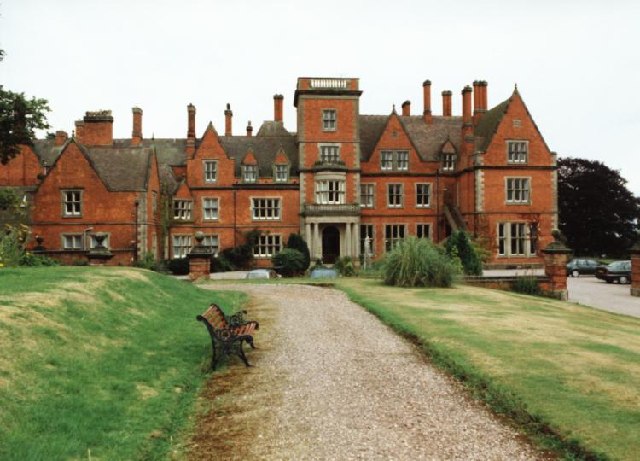
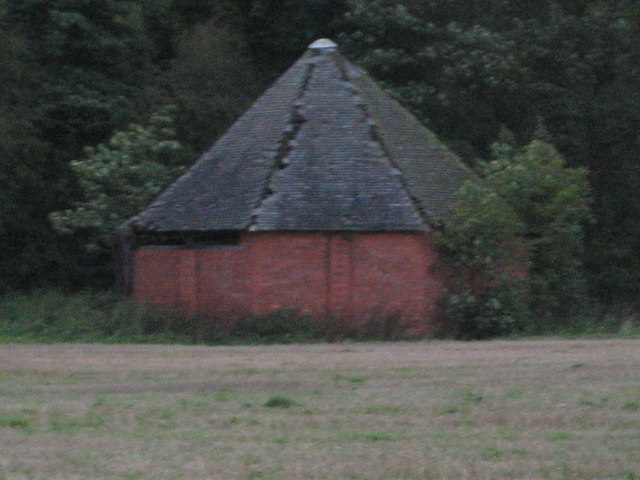
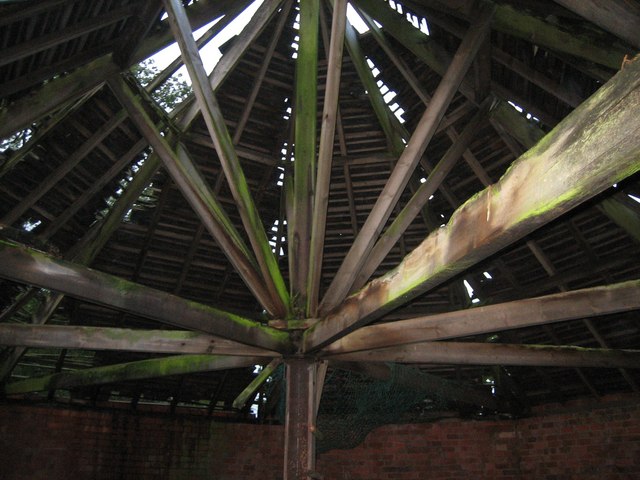
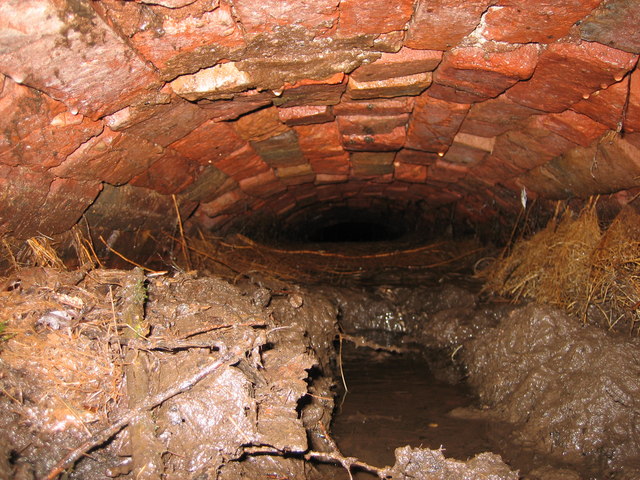
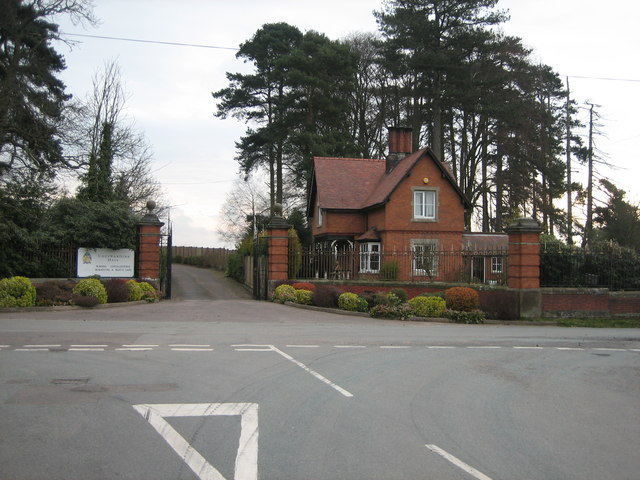
Cheswardine Marsh is located at Grid Ref: SJ7229 (Lat: 52.862213, Lng: -2.404826)
Unitary Authority: Shropshire
Police Authority: West Mercia
What 3 Words
///swaps.cuddling.blacked. Near Market Drayton, Shropshire
Nearby Locations
Related Wikis
Soudley, Shropshire
Soudley is a small village in Shropshire in the civil parish of Cheswardine. The village had a pub called The Wheatsheaf until it was destroyed by fire...
Cheswardine
Cheswardine ( CHEZ-war-dyne) is a rural village and civil parish in north east Shropshire, England. The village lies close to the border with Staffordshire...
Goldstone, Shropshire
Goldstone is a small hamlet in eastern Shropshire, England, in the civil parish of Cheswardine. It lies in an isolated rural area north of Hinstock and...
Knighton, Stafford
Knighton is a hamlet part of the parish of Adbaston in the county of Staffordshire, England. Knighton is situated close to the Staffordshire/Shropshire...
Nearby Amenities
Located within 500m of 52.862213,-2.404826Have you been to Cheswardine Marsh?
Leave your review of Cheswardine Marsh below (or comments, questions and feedback).
